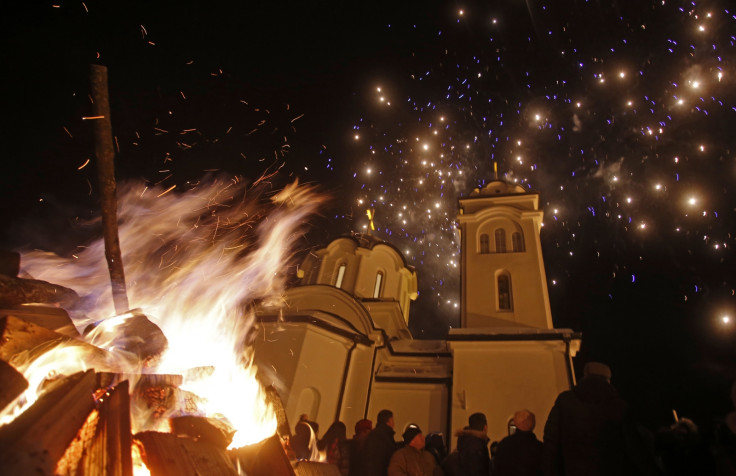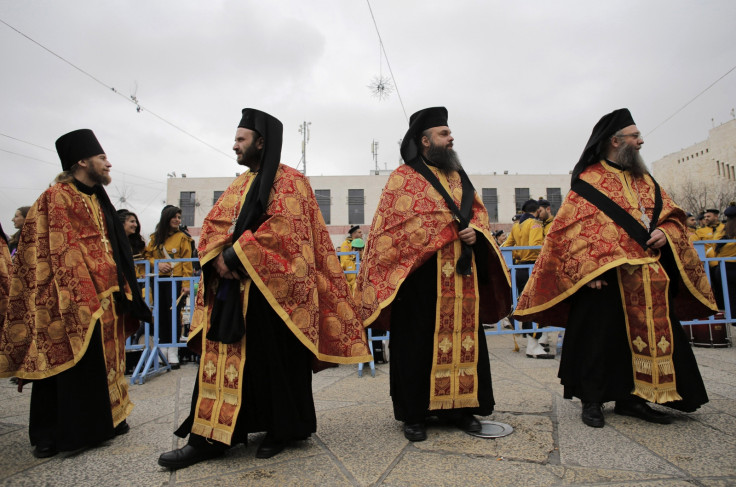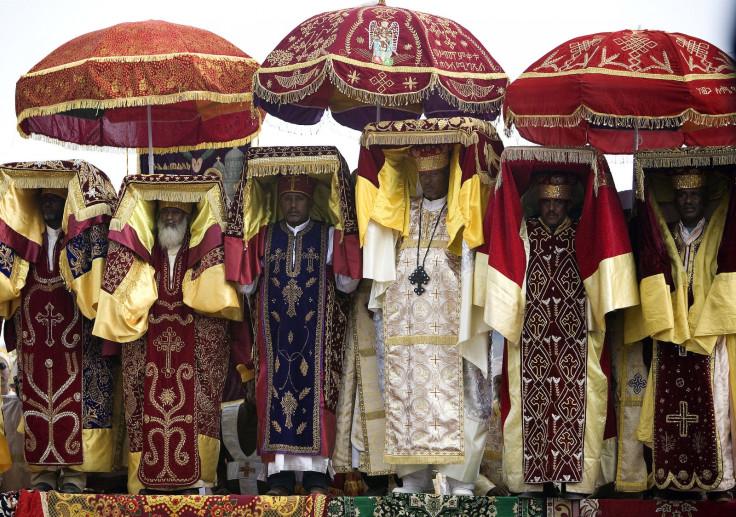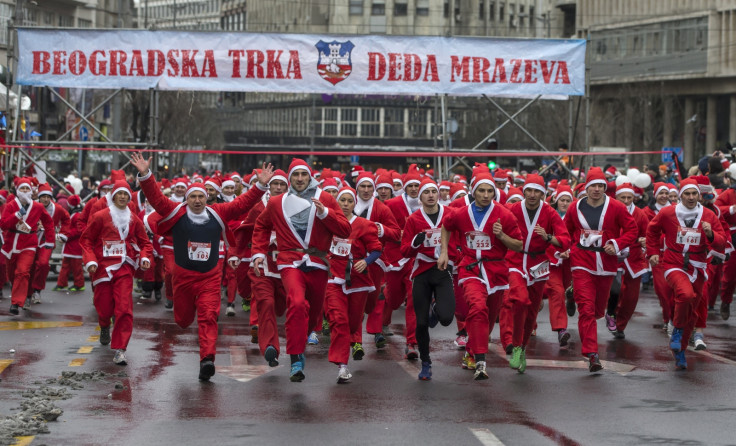Orthodox Christmas 2015: How Christian communities around the world celebrate 'Old Christmas Day'

As the rest of the world succumbs to the January blues, Orthodox Christians in Russia, Greece, Ethiopia and other countries around the world are beginning their festive celebrations.
Orthodox Christian communities begin their Christmas on 6 January, which marks the start of Christmas Eve for some of the eastern Christian world, while Christmas Day is celebrated on 7 January.
The date is taken from the old Julian calendar, which was introduced by Julius Caesar in 46 BC as a reform of the Roman calendar. It was replaced by the Gregorian calendar in the majority of Western Europe around 500 years ago.
It is also known as "old Christmas Day", according to the Jerusalem Post, as the date was originally designated as the birthdate of Jesus by the first Christian Roman emperor Constantine in 325 AD.
Orthodox celebrations vary to western traditions, with greater emphasis on the "spiritual" element of the period. IBTimes UK looks at the different ways in which the season is celebrated.

Greece
Around 95% of all Greeks are part of the Greek Orthodox church, part of the Eastern Orthodox church. On the day and evening before Christmas , children sing the equivalent of carols (kalanda) from house to house, to bless the homes.
The word carol comes from a Greek dance called a choraulein, which was traditionally accompanied by flute music. Christopsomo bread, flavoured with cinnamon, cloves and orange, is served at the main Christmas meal.
Ethiopia
The Ethiopian Orthodox Church's celebration of Christ's birth is called Ganna. The day before is a fast day, and there is an early mass at 4am on Christmas Day. It is custom to wear a traditional shamma - a thin, white cotton wrap with brightly coloured stripes across the ends - although Ethiopians living in urban areas may wear western clothes.

Foods enjoyed during the Christmas season include wat, a thick, spicy stew of meat and vegetables, which is served from a beautifully decorated watertight basket onto a "plate" of injera - flat sourdough bread.
Russia
On Christmas Eve (6 January), there are several long services, including the Royal Hours and Vespers combined with the Divine Liturgy. The family will then return home for the traditional Christmas Eve "Holy Supper", which consists of 12 dishes for each of the Twelve Apostles.
During the Soviet period, religious celebrations were discouraged by the officially atheist state. Since 1992, however, Christmas has become a national holiday - celebrated with mass, food and other customs. According to Russian chef Maksim Syrnikov, writing in the Guardian, a popular delicacy is goose cooked under sour cream sauce.

Serbia
The Serbian name for Christmas Eve during the day is Badnji dan. After sunset it becomes Badnje veče. There are various traditions surrounding the badnjak - an oak log or branch brought into the house and placed on the fire on Christmas Eve.
It is only after the badnjak has been brought into the house that Christmas Eve dinner can begin. The head of the household, traditionally male, makes the sign of the cross, lights and candle and blesses the house.
Ukraine
Sviata Vecherya or "Holy Supper" is the central tradition of the Christmas Eve celebrations in Ukrainian homes. The dinner table sometimes has a few wisps of hay on the embroidered table cloth as a reminder of the manger in Bethlehem.
Kutia, a sweet grain pudding, is traditionally served at the Ukrainian Christmas dinner table. It is often the first dish in the traditional twelve-dish Christmas Eve supper.
© Copyright IBTimes 2025. All rights reserved.






















